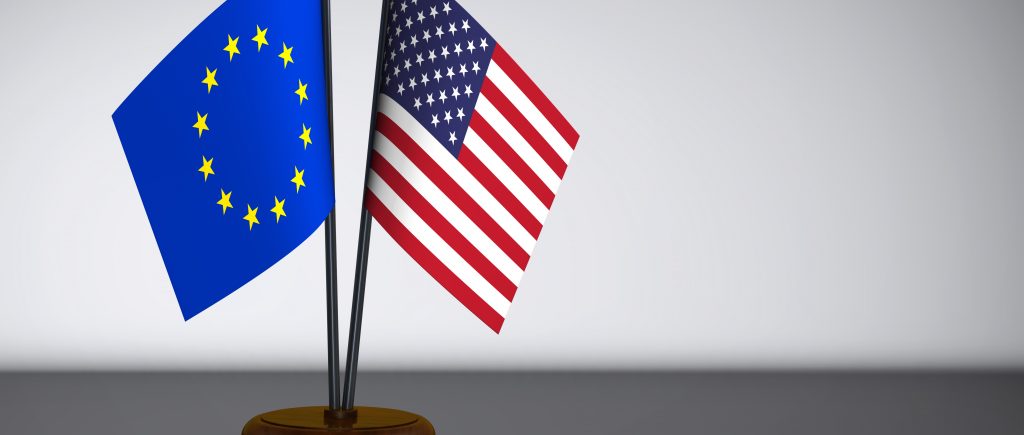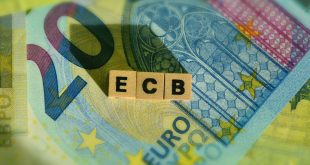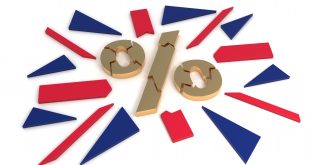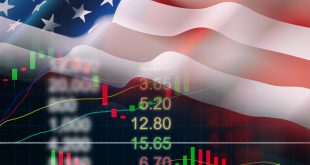The EUR/USD pair powered through a second straight week of gains, climbing to a high of 1.1730 and settling just above 1.1700, eyeing this year’s peak at 1.1830. While the Euro showed modest strength amid lackluster European data, the US Dollar took a hit as markets grappled with mixed inflation signals and tariff concerns. With central bank leaders set to convene at the Jackson Hole Symposium, global eyes are on the Federal Reserve’s next moves.
US inflation data painted a complex picture. July’s Consumer Price Index (CPI) held steady at 2.7% year-on-year, below the expected 2.8%, with core CPI ticking up to 3.1% from 2.9%. Monthly CPI rose 0.2%, in line with forecasts but softer than anticipated. This initially fueled bets for a September rate cut, sending the USD lower and Wall Street higher. However, Thursday’s Producer Price Index (PPI) threw a curveball, surging to 3.3% annually from 2.4%, far above the 2.5% expected, with core PPI jumping to 3.7%. The data reignited fears of tariff-driven inflation, flipping market sentiment and boosting the USD as stocks slid.
The Fed’s cautious stance, pausing rate hikes by late 2024, reflects concerns over President Trump’s tariffs fanning price pressures. Despite a resilient US economy and a softening labor market, the odds of a 25 basis point rate cut in September dipped slightly from 90% after the PPI shock. Trump’s public criticism of Fed Chair Jerome Powell, whose term ends in May 2026, and talks of a new chair added to the uncertainty. Meanwhile, a 90-day tariff truce extension between the US and China, with US tariffs at 30% and China’s at 10%, eased some fears but didn’t erase inflation worries.
Across the Atlantic, Eurozone data disappointed. Germany’s August ZEW Economic Sentiment Index plummeted to 34.7 from 52.7, missing the 40 forecast, while the EU’s index fell to 25.1 from 36.1. Germany’s current situation assessment worsened to -68.6, and its July Harmonized CPI confirmed a modest 1.8% annual rise. The Eurozone’s Q2 GDP grew a sluggish 0.1%, and June Industrial Production contracted by 1.3%, worse than expected. The Euro struggled to find momentum, leaning on USD weakness for gains.
Looking ahead, the Jackson Hole Symposium, themed “Labor Markets in Transition,” will feature Fed Chair Powell and ECB President Christine Lagarde, potentially shaping rate expectations. Wednesday’s FOMC Minutes and Thursday’s preliminary August PMIs for major economies will also guide markets. For now, EUR/USD’s bullish run hinges on US economic signals and tariff outcomes, with traders watching for clues on whether the pair can reclaim its yearly high.

 Noor Trends News, Technical Analysis, Educational Tools and Recommendations
Noor Trends News, Technical Analysis, Educational Tools and Recommendations




